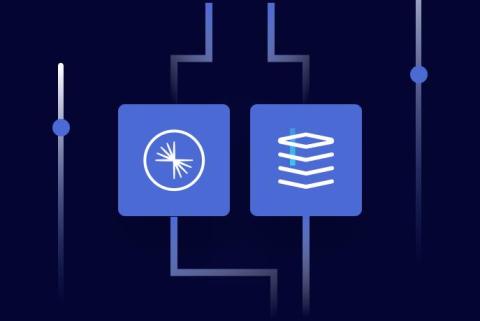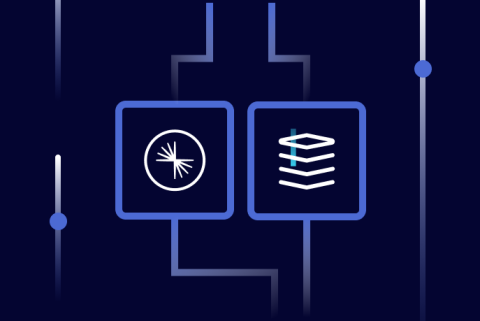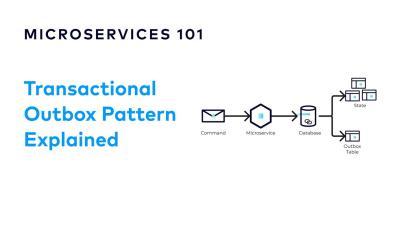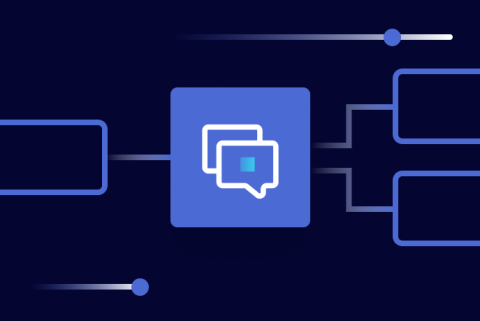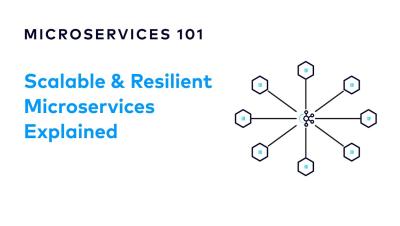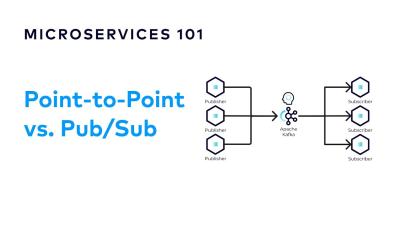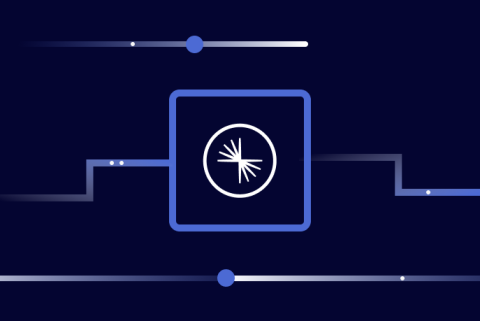New with Confluent Platform: Seamless Migration Off ZooKeeper, Arm64 Support, and More
With the increasing importance of real-time data in modern businesses, companies are leveraging distributed streaming platforms to process and analyze data streams in real time. Many companies are also transitioning to the cloud, which is often a gradual process that takes several years and involves incremental stages. During this transition, many companies adopt hybrid cloud architectures, either temporarily or permanently.


